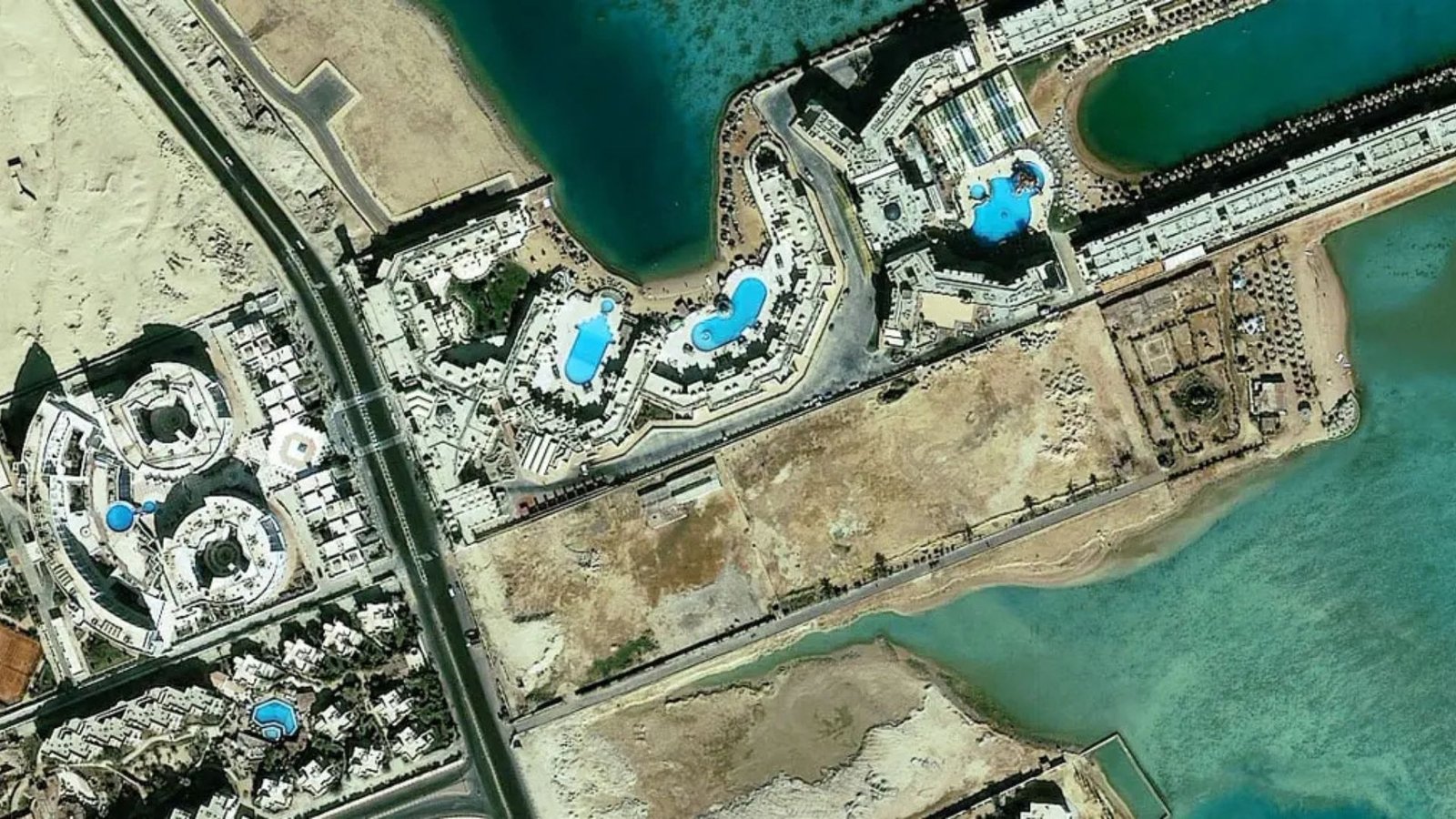Disasters, whether natural or man-made, bring about massive challenges in terms of coordination, resource allocation, and response time. Traditional methods of mapping and assessing the aftermath of a disaster often fall short when it comes to providing real-time, accurate, and actionable data. This is where 3D mapping plays a pivotal role. By providing detailed, three-dimensional views of disaster-affected areas, 3D mapping enhances situational awareness, aids in decision-making, and accelerates response and recovery efforts. In this article, we will explore the importance of 3D mapping in disaster response, its benefits, and how it is transforming emergency management practices.

Enhanced Situational Awareness
One of the primary advantages of 3D mapping in disaster response is its ability to offer a comprehensive, real-time view of disaster-affected areas. Traditional 2D maps are limited in conveying the complexities of terrain, buildings, and infrastructure, especially in areas with significant damage. 3D maps, however, allow responders to visualize the environment in three dimensions, offering a clearer understanding of the situation.
Benefits:
- Realistic Visuals: 3D maps provide detailed, lifelike depictions of disaster zones, which help responders better understand the scale of the damage.
- Terrain Analysis: In natural disasters such as floods, earthquakes, or landslides, 3D maps can show terrain elevation, water flow patterns, and areas at risk, which is crucial for identifying safe zones and evacuation routes.
- Obstacles & Hazards: 3D mapping helps identify damaged structures, collapsed roads, or other hazards that may impede rescue efforts, enabling responders to plan their movements effectively.
By offering a more accurate and detailed representation of disaster zones, 3D mapping significantly improves situational awareness, which is critical for informed decision-making.
Improved Decision-Making and Resource Allocation
Disasters often overwhelm emergency responders, making it essential to prioritize resources, allocate personnel, and establish clear strategies. 3D mapping provides critical data that helps in assessing the severity of the disaster, identifying the most impacted areas, and coordinating efforts across multiple teams.
Benefits:
- Efficient Resource Allocation: By analyzing 3D maps, responders can quickly identify which areas need immediate attention, allowing for more efficient deployment of personnel, equipment, and supplies.
- Targeted Relief Efforts: With a detailed 3D map, relief organizations can pinpoint areas where infrastructure is intact or where supplies can be delivered safely. This prevents the misallocation of resources to unaffected areas.
- Coordination Among Agencies: 3D mapping platforms allow various agencies—such as local governments, NGOs, and international relief organizations—to work from a common, shared map, enhancing collaboration and minimizing communication breakdowns.
With the ability to make data-driven decisions, 3D mapping ensures that resources are used where they are most needed, improving overall efficiency in disaster response.
Rapid Assessment and Damage Estimation
After a disaster strikes, it’s crucial to assess the extent of the damage as quickly as possible to understand the impact on lives, infrastructure, and the environment. Traditional damage assessments can be time-consuming, requiring on-the-ground teams to manually survey the area. In contrast, 3D mapping allows for the rapid collection and analysis of data, providing instant insights into the scale of damage.
Benefits:
- Quick Data Collection: Using drones, satellite imagery, or aerial photography, 3D mapping can rapidly capture detailed images of disaster areas. These can then be processed into 3D models within hours, enabling swift damage assessment.
- Accurate Damage Estimation: 3D maps can help identify structural damage, flooding, landslides, and other factors that may not be visible in 2D images. This results in more accurate damage assessments, which are critical for estimating repair costs and determining the next steps in recovery.
By enabling faster damage assessment, 3D mapping helps disaster response teams react more efficiently and effectively.
Effective Search and Rescue Operations
Search and rescue operations are often the first line of defense in disaster scenarios. The success of these operations depends heavily on the ability to quickly locate survivors, assess their conditions, and navigate dangerous or inaccessible areas. 3D mapping significantly enhances the effectiveness of search and rescue teams by providing detailed terrain information and identifying potential hazards.
Benefits:
- Identification of Safe Routes: 3D maps help rescue teams identify the safest and most accessible routes, ensuring that they can navigate through debris-filled or blocked areas with minimal risk.
- Simulated Environments: 3D mapping tools allow rescue teams to simulate rescue missions in a virtual environment, helping them plan their actions in advance and improving coordination among various teams.
With 3D mapping, search and rescue teams can more efficiently locate survivors, navigate hazardous conditions, and optimize their operations to save lives.
Conclusion
3D mapping has become an indispensable tool in disaster response, offering unparalleled advantages in terms of situational awareness, decision-making, resource allocation, and recovery planning. By providing real-time, detailed, and accurate data, 3D mapping enhances the efficiency and effectiveness of emergency management teams, helping to save lives and expedite recovery efforts. As technology continues to evolve, the role of 3D mapping in disaster response will only grow, further improving how we prepare for, respond to, and recover from disasters.




